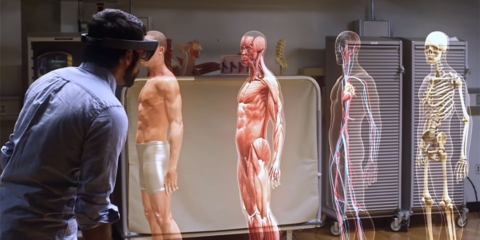Would you like to get notifications from Christian?
Have you ever heard of an "ionic wind?" If not, you're about to be amazed by this cutting-edge propulsion technology that is being used to power the "Silent Ventus" drone. This incredible drone doesn't use propellers to fly; instead, it uses ionic propulsion to generate lift and thrust. This revolutionary technology has the potential to change the way we think about transportation, and it's on track for commercial rollout in 2024. Here's everything you need to know about this game-changing invention.
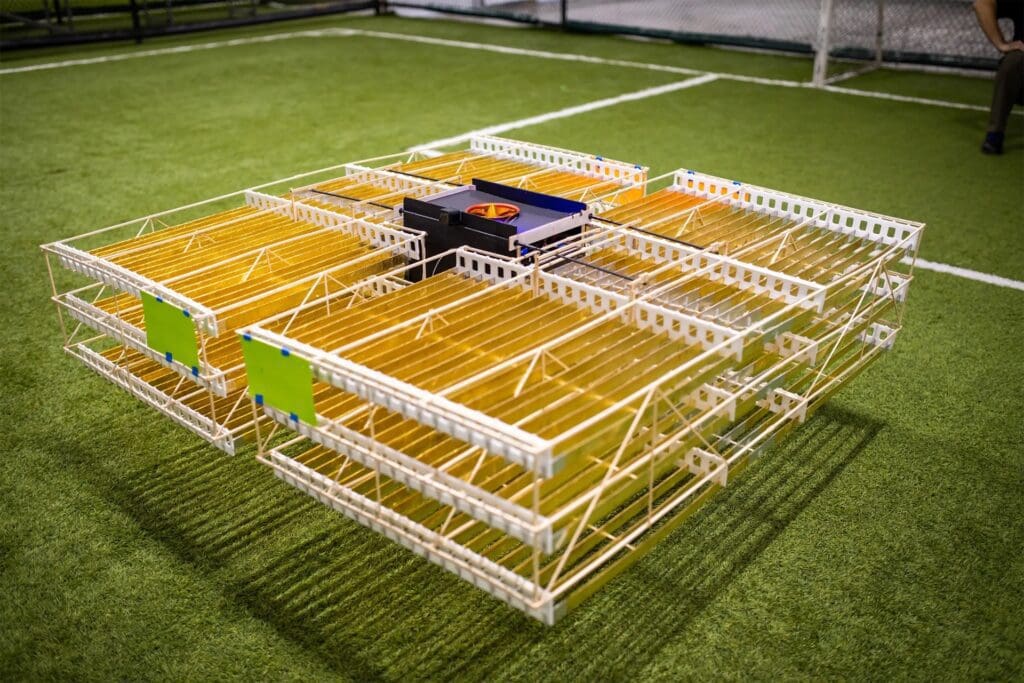
Ionic propulsion works by creating high-voltage electric fields that can ionize the oxygen and nitrogen molecules in the air. This process frees electrons to give them a positive charge, and then propels these downward to create an "ionic wind" that can produce thrust. This type of propulsion is not new; it has been used successfully in space applications. However, the Silent Ventus is the first application of this technology to a terrestrial vehicle.
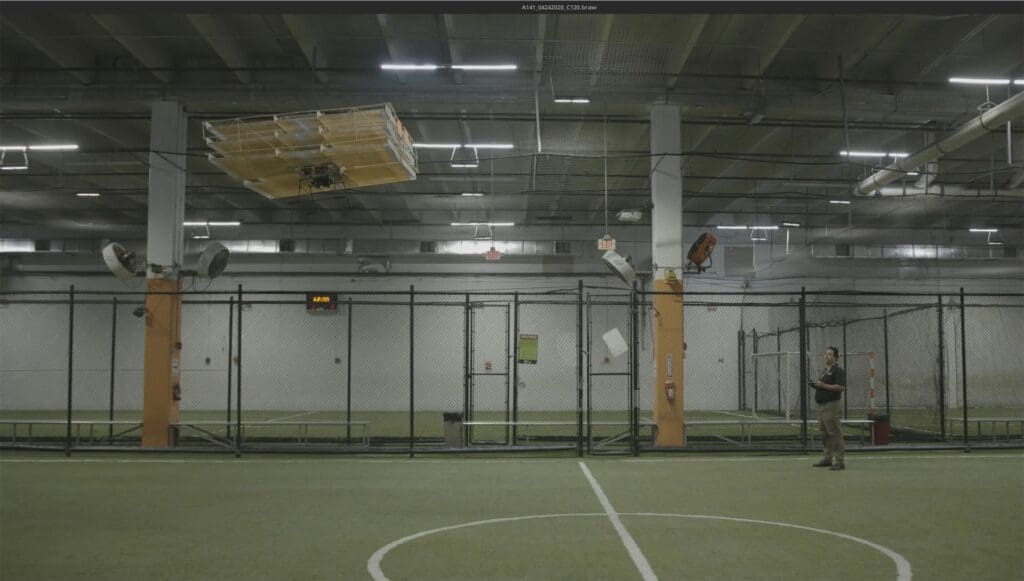
There are many potential benefits of using ionic propulsion for drones or other terrestrial vehicles. One of the most obvious benefits is that there is no need for propellers, which makes the drone much quieter than traditional drones. In addition, ionic propulsion is much more efficient than propeller-based propulsion, which means that the drone can stay in the air for longer periods of time. Additionally, because there are no moving parts, there is less risk of mechanical failure.
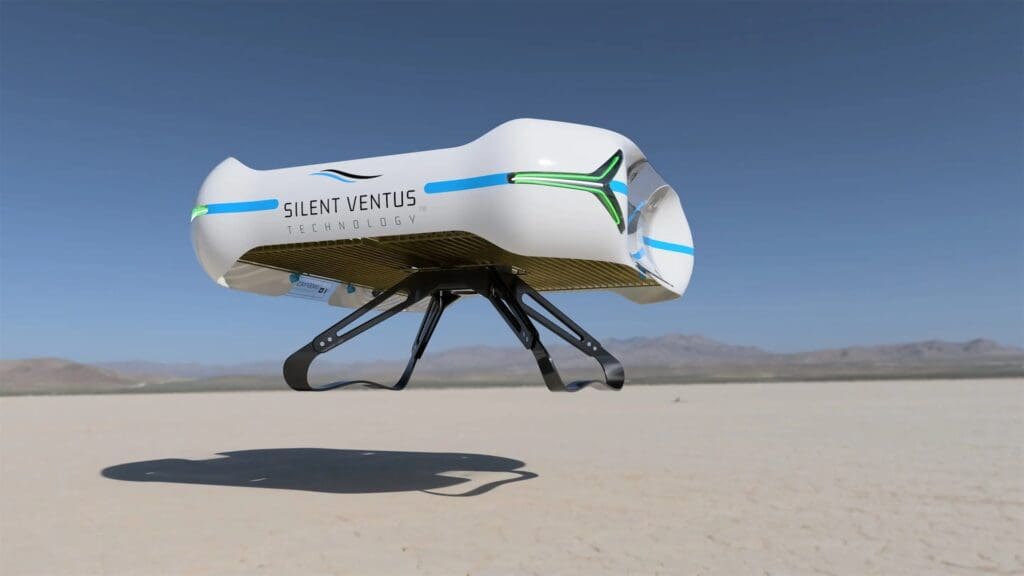
The implications of this technology are far-reaching and could potentially change the way we think about transportation. For example, imagine a future where planes are powered by ionic propulsion instead of jet engines. This would greatly reduce noise pollution and make air travel more efficient. Additionally, this technology could be used to power cars, trucks, and even boats. The possibilities are endless!
The "Silent Ventus" drone is a groundbreaking invention that is on track for commercial rollout in 2024. This incredible drone uses ionic propulsion to generate lift and thrust, without any propellers. The benefits of this technology are many, including increased efficiency and reduced noise pollution. The future of ionic propulsion is bright, and it has the potential to change the way we think about transportation.
Author: Christian Kromme
First Appeared On: Disruptive Inspiration Daily
Christian is a futurist and trendwatcher who speaks about the impact of exponential technologies like AI on organizations, people, and talents. Christian tailors his presentations to your audience's specific industries and needs.



Our world is changing at an exponential rate! A big tidal wave of digital transformation and disruption is coming at us fast. Many organizations see this wave as a threat and experience stress, but there are also organizations that just see this wave as an opportunity.

Imagine sitting with just 10-15 fellow executives at a premier location, gaining clarity on the impact of AI on your industry while enjoying an exquisite dining experience. These are not just meetings—they are transformative moments that will shape the future of your organization
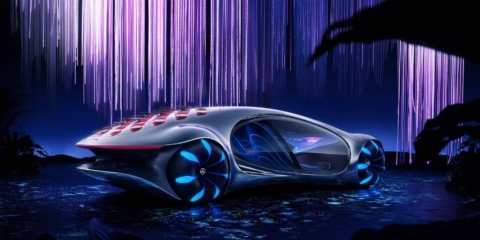
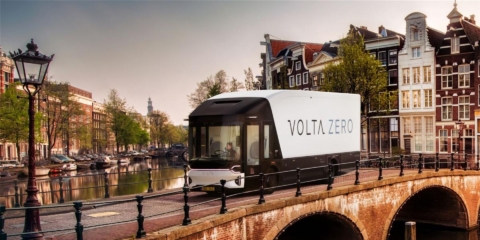
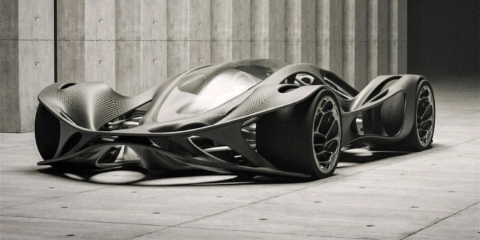
In the future, 3D printing and generative design will allow for products to be designed in a more decentralized manner, and production will take place closer to the customer and fully on-demand. 3D printing technology will also allow for more customization and personalization of products.


The agricultural industry is ripe for disruption. Robotics, AI, and IoT are all technologies that have the potential to radically transform the way we grow food. In combination with vertical farming, these technologies could increase the efficiency and quality of agricultural products.
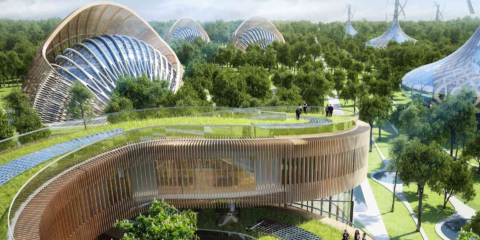
A human-centered society is one that puts people first and where technology is used to unite and empower people. It is a society that values biological life and dignity above all else. It is a society that recognizes the importance of human relationships and works to strengthen them. In a human-centered society, all members of the community are valued and treated with respect.
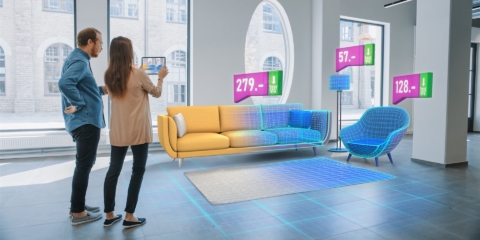
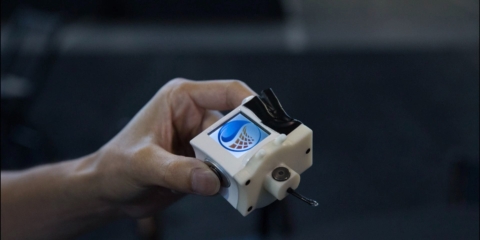
The future of healthcare is here. New technologies like AI, IoT, big data, and smart sensors make it possible to become the CEO of your own health. Imagine that your phone can listen to your voice and AI algorithms can detect small nuances in the tone of your voice that indicate specific diseases.
